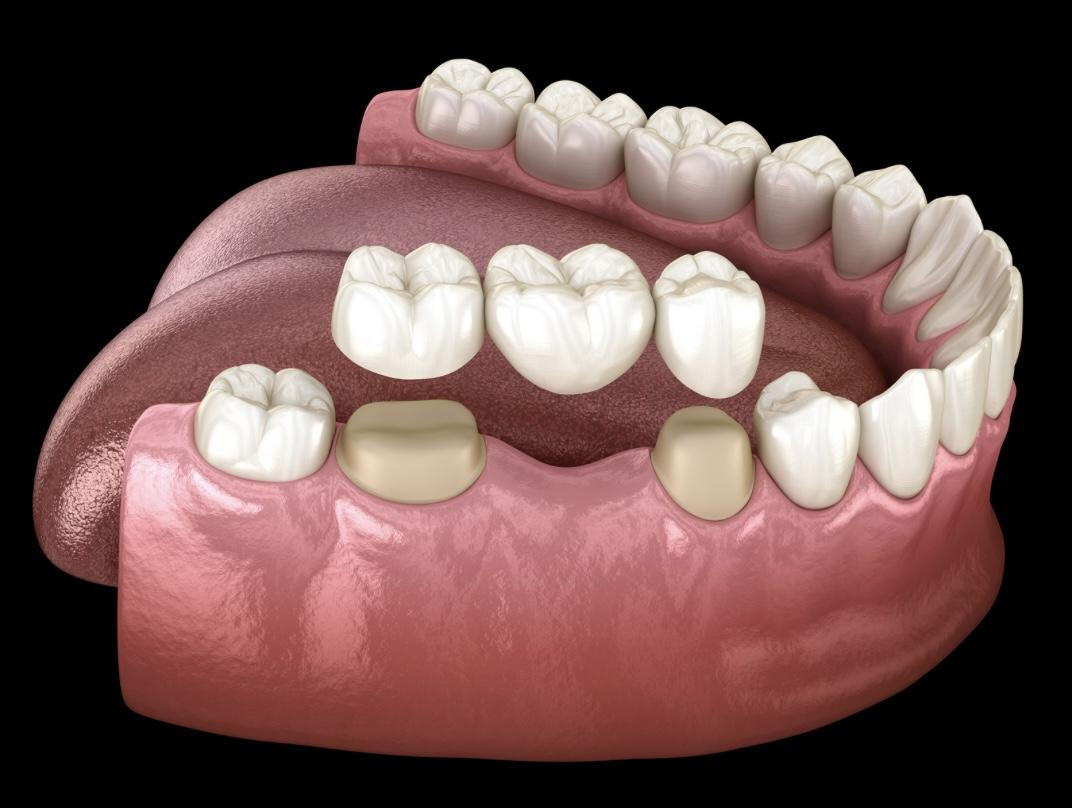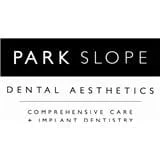
Are you seeking to enhance your smile or experiencing discomfort due to missing teeth? A dental bridge might just be the solution you're looking for! This article provides an in-depth look at dental bridge procedures, addressing the probable concerns you might have, and walking you through the entire process. Here, we will familiarize you with the importance of dental bridges and what to expect during this popular dental treatment carried out by dentists in Park Slope, Brooklyn.
A dental bridge is a prosthetic appliance that is used to replace one or more missing teeth. Essentially, dental bridges serve as a "bridge" to gap the space created by missing teeth. This restorative dental treatment is not only crucial for the functionality of your mouth, but it is equally important for maintaining the stability of surrounding teeth and enhancing your overall smile.
1. Consultation and Treatment Planning:
The dental bridge procedure in Park Slope, Brooklyn, starts with an initial consultation with a dentist. At this stage, your dentist will assess your specific needs, take impressions of your teeth, and possibly a few X-rays to have a closer look at the structure of your jaw and teeth. Your dentist will then discuss the different types of dental bridges available, such as traditional, cantilever, and Maryland bonded bridges, and help you choose the best option for your unique situation. At this point, you will also receive information on the overall cost of the procedure and financing options, if available.
2. Tooth Preparation:
During your next appointment, the dentist will begin tooth preparation for the dental bridge. This involves reshaping the teeth adjacent to the missing tooth or teeth (known as abutment teeth) by removing a small amount of enamel. This step is necessary to create space for the dental bridge to fit correctly. Your dentist will then take another impression of your teeth and send it to a dental lab to create a custom dental bridge that will perfectly match the size, shape, and color of your natural teeth.
3. Temporary Bridge Placement:
While waiting for your permanent dental bridge to be constructed by the lab, the dentist will provide you with a temporary bridge to protect the exposed teeth and gums. This temporary dental bridge is usually made from tooth-colored material, and besides offering protection and comfort, it will also maintain your smile's appearance. It is essential to take care of the temporary bridge by avoiding hard or sticky foods and performing proper oral hygiene.
4. Permanent Dental Bridge Installation:
Once your custom-made dental bridge is ready, your dentist will schedule another appointment for its installation. During this visit, the temporary bridge is removed, and they will carefully place the permanent bridge in the mouth, ensuring a comfortable fit and proper bite alignment. Your dentist may use dental cement to secure the bridge and then make any necessary adjustments for a perfect fit.
5. Post-Procedure Care and Follow-Up:
After the dental bridge procedure, it is crucial to maintain proper oral hygiene to extend the longevity of the dental bridge and keep your overall oral health in top shape. This includes regular brushing, flossing, and professional dental cleanings at your dentist in Park Slope, Brooklyn. Be sure to visit your dentist for regular check-ups to monitor your dental bridge, identify signs of wear or damage, and ensure that you continue to enjoy an attractive and healthy smile.
A dental bridge is a practical solution for those seeking to restore their smile and regain the functionality of missing teeth. Understanding the process and knowing what to expect during a dental bridge procedure can help alleviate any concerns and anxiety you may have. Dentists in Park Slope, Brooklyn, are dedicated to using the latest techniques and materials to provide you with the best dental bridge experience possible. So, don't wait any longer – take the first step towards a restored smile, and schedule a consultation with a reputable dentist in Park Slope, Brooklyn today.
Frequently Asked Questions.
What is a dental bridge?
A dental bridge is a prosthetic device that is used to replace missing or damaged teeth by connecting artificial teeth (pontics) to adjoining natural teeth or implants.
How does a dental bridge work?
A bridge consists of one or more points held in place by two abutment crowns on either side, which are secured onto existing teeth or implanted posts.
What are the benefits of getting a dental bridge?
Some advantages of getting a dental bridge include improved appearance and bite, prevention of neighboring teeth from shifting, and restoration of the ability to chew properly.
Is getting a dental bridge painful?
Getting a dental bridge should not be painful as anesthesia is usually used during the procedure so you shouldn't feel any discomfort.
How long does it take to get a dental bridge?
It typically takes two visits for your dentist to complete a dental bridge procedure. The first visit involves shaping and fitting abutment teeth, while the second visit involves placing the permanent bridge in your mouth and making sure it fits comfortably and securely.
How much does a dental bridge cost?
The cost of a dental bridge will vary depending on the type of material used (porcelain, gold alloy), the number of abutment teeth involved, and other factors such as the complexity of treatment and the location of the clinic/dentist performing the procedure.
Are there any risks or complications associated with dental bridges?
There are some risks associated with dental bridges including root canal failure, receding gums around anchoring teeth, gum disease due to bacteria collecting between abutments, nerve damage due to incorrect placement, premature wear of tooth enamel due to uneven force distribution, etc.
Is it possible to replace multiple teeth with one dental bridge?
Yes, it is possible to replace multiple teeth with one dental bridge depending on how many missing or damaged teeth there are - usually up to three consecutive missing or damaged teeth can be replaced by one dental bridge (but this varies from patient to patient).
